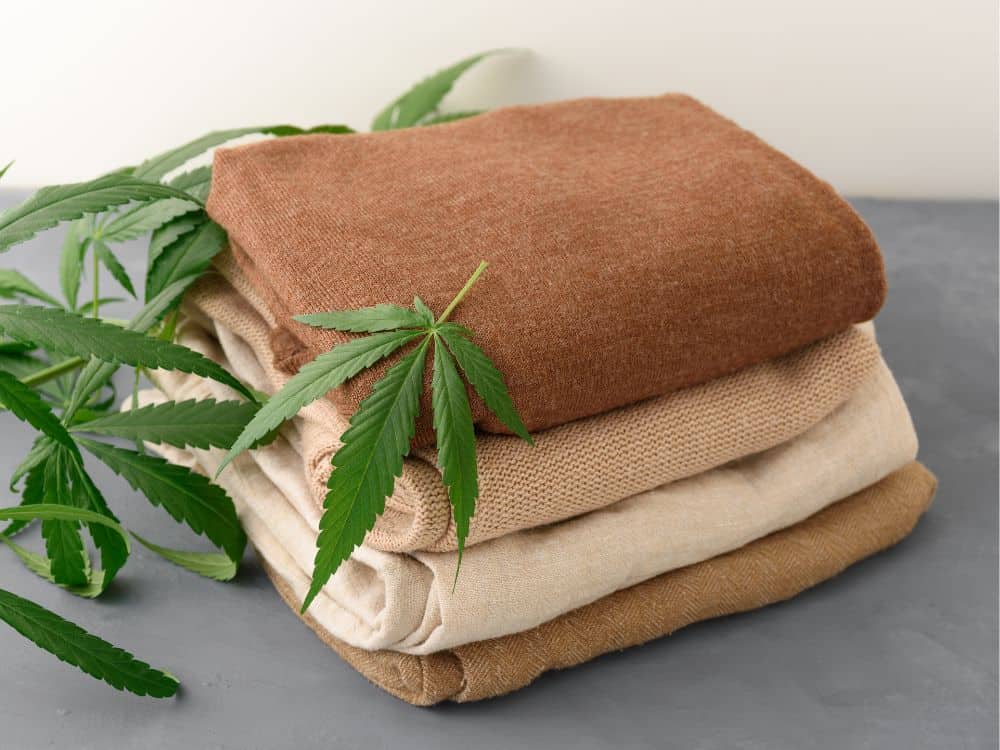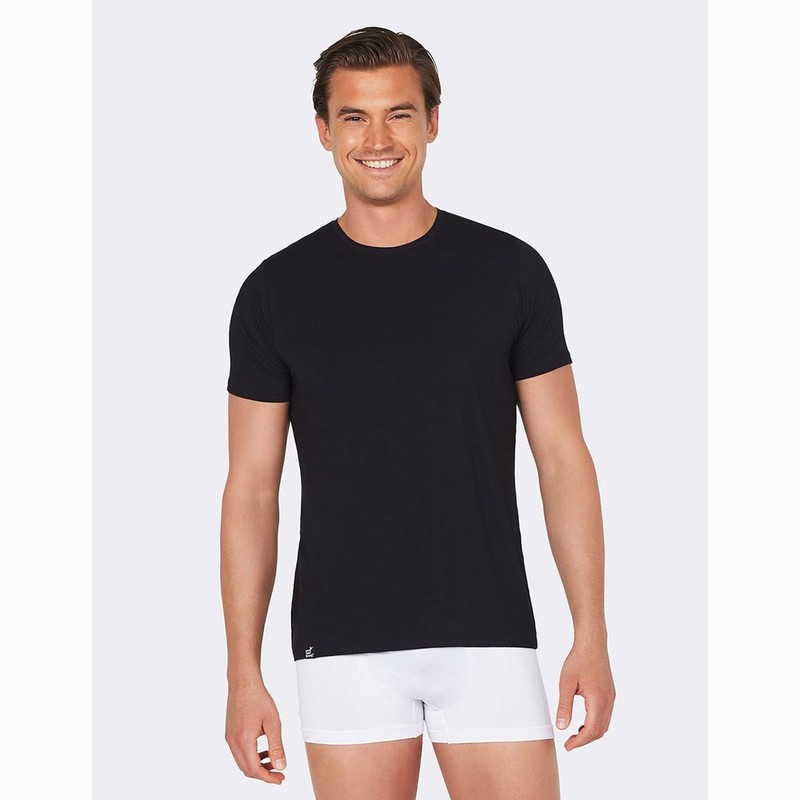Best Facts On Picking Bamboo Clothing
Wiki Article
What Are The Benefits That Hemp Clothing That Is Low Impact Can Offer The Environment.
Clothing made of low-impact hemp fiber has numerous environmental advantages compared to other materials for clothing. This includes clothing made with synthetic fibers or conventional cotton. Hemp clothing is environmentally friendly. It grows rapidly and requires minimal water, pesticides, and herbicides when compared to other crops. Hemp can adapt to a variety of soil types and climates, which reduces the requirement for chemical fertilizers in agriculture.
Hemp needs less water overall than cotton, a crop well-known for its heavy consumption. Hemp clothing is more water efficient because of this.
Hemp can be grown in the majority of cases without the use synthetic herbicides and pesticides. This is less of an environmental impact than chemical farming.
Hemp cultivation can enhance soil quality thanks to its roots that are deep-rooted. This aids in preventing erosion and compaction of soil. This helps make the soil more fertile to plant in the future.
Hemp can be biodegraded. It degrades naturally with time and reduces the amount of textile waste. Comparatively, synthetic fibers including polyester are able to decompose in a matter of hundreds of years.
Lower Carbon Footprint: Hemp fibers are produced with a lower carbon foot print that synthetic materials. Hemp can also act as an absorber of carbon dioxide by absorbing carbon dioxide from the air during the process of growing.
Durability Hemp clothing is renowned for its long-lasting durability and durability. The best hemp clothing will last for a long time. This means you won't have to replace them as often and reduce the amount of waste.
Natural Pest Resistance- Hemp plants have natural resistance to many pests, reducing the requirement for chemical methods to control pests.
Hemp is a flexible fabric which can be transformed into bags, clothing or accessories.
Regenerative Agriculture – Some sustainable farming methods integrate hemp into the regenerative system that aims to restore and improve ecosystems, as well as produce crops. This method can have positive environmental impacts.
It is crucial to keep in mind that although hemp has the potential to offer several environmental benefits, the sustainability of clothing also depends on factors such as the process of dyeing, transportation, consumer behavior, etc. Also, like every other field manufacturing standards and practices may differ. To ensure you're getting the greatest environmentally friendly benefit, choose organic hemp clothing that is sustainable and organic. Take a look at the top rated hemp clothes for site recommendations including patagonia iron forge jacket, t shirt hemp, 100 hemp clothing, hemp dress, dash hemp clothing, hemp sweatshirt, hemp apparel, patagonia hemp shorts, hemp jeans mens, hemp fabric and more.

What Are The Benefits Of Hemp Fibers Breathable With Moisture-Wicking And Thermoregulatory Properties?
Hemp has unique structural and chemcial characteristics that give it breathable, moisture-wicking, thermoregulating and wicking capabilities. These characteristics can be explained by the following factors- Microscopical Structure- Hemp has a porous and hollow structure that permits air circulation within the fibers. This porosity makes them highly air-tight. The structure, when knitted or knitted, allows air to flow, which aids in ventilation, and preventing the accumulation of heat and humidity against the body.
Hemp fibers are able to absorb water and wick away moisture. If you are wearing hemp clothing, these fibers can absorb moisture and sweat from your skin, eliminating the sensation of wetness. Moreover, hemp fibres are efficient at wicking away moisture, spreading it over a larger area of fabric so that it can be evaporated faster. The ability to wick moisture keeps your body dry and comfortable while exercising or during the summer heat.
Hemp fibers can regulate the temperature naturally. In cold temperatures, they hold heat near your body and provide warmth. In hot temperatures, they aid to cool you down by the ability of heat and moisture to escape. Its inherent thermoregulatory abilities makes hemp clothing suitable for a range of temperatures.
Hemp fibres possess antimicrobial properties which help in inhibiting the growth of bacteria that cause smells. This attribute contributes to the freshness of hemp clothes even when exercising.
Hemp clothing is tough and long-lasting. It is able to be washed and worn over and over without loosing its breathability or the ability to remove moisture. This extends the life of hemp clothing, which reduces the requirement for replacements and also reducing the environmental impact.
UV Protection Hemp fibers protect the skin against harmful ultraviolet radiation. The ability to block UV radiation make hemp clothing suitable for activities outdoors.
Important to note is the fact that these qualities are found in hemp fibres. They are not dependent on chemical treatments or additives. Hemp clothing is comfortable, durable, and eco-friendly because of its natural characteristics. It's a great option for activewear as well as outdoor clothes and clothes for warmer temperatures. The hemp's natural properties remain intact even after the fibers are processed and woven to fabrics. Therefore, they are suitable for environmentally friendly and functional clothing. Have a look at the most popular hemp clothing hints for website advice including hemp baja hoodie, hemp sweatshirt, hemp pants womens, hemp golf shirts, jeans hemp, patagonia work pants hemp, hoodlamb coat, patagonia hemp island pants, mens hemp clothing, hemp bathing suit and more.

Bamboo Clothing Is Environmentally Friendly And Comfortable.
Bamboo clothing is a fantastic choice for comfort and the surroundings.
Bamboo fabric is renowned for its softness. It has a silky smooth texture that feels good against the skin. Bamboo clothing is a favorite due to its soft, luxurious feel, which makes it an ideal choice for activewear, loungewear and intimate clothing.
Breathability Bamboo fibers are naturally breathable and wick moisture away. They are made up of micro-gaps, which allow air to circulate which keeps you cool and comfortable even in hot weather. The moisture wicking properties of the fabric help to remove sweat from the skin. This reduces the sensation that your clothes are damp.
Bamboo clothing has great thermoregulatory characteristics. It will keep you warm in colder weather by keeping warmth close to your skin. In hot weather it will help you stay cooler by allowing excess heat and moisture to escape. Bamboo is able to adjust to a variety of temperatures, it's perfect for all seasons.
Hypoallergenic- Fabric made from bamboo is gentle and hypoallergenic. It's less likely to trigger irritation on the skin or allergic reactions.
Bamboo fibers contain natural antimicrobial properties that prevent the growth and spread of odor-causing bacteria. This is a factor that helps bamboo clothing staying fresh even when it is worn in the midst of physical exercise.
Environment-
Sustainability Bamboo is a sustainable and renewable resource. Bamboo is among the fastest-growing plant in the world. It requires only a small amount of irrigation and no pesticides. Bamboo can be harvested and not kill the plant, as it is able to regenerate from its root system.
Bamboo is water efficient by nature. It can thrive with minimal irrigation and can often be planted using rainwater only, reducing the environmental impact associated with water usage in agriculture.
Biodegradability. Bamboo clothes will naturally decay over time if removed. This reduces the amount of textile waste that is not biodegradable in landfills.
Carbon Sequestration Bamboo plant can absorb carbon dioxide (CO2) during rapid growth. Bamboo farming is a great way to reduce greenhouse gas emissions and act as a source of carbon.
Chemical Reduction- The production of bamboo fabric usually involves fewer chemical treatments and processing procedures compared to other textiles, thus reducing the environmental impact resulting from the production of textiles.
Closed-Loop Manufacturing Certain manufacturing methods for bamboo fabrics employ closed-loop production, which recycles and reuses water as well as chemicals to reduce the amount of waste and pollution.
It is important to note that the effect of bamboo clothing on the environment can be different based on the kind of manufacturing process used, and whether bamboo was sourced ethically and sustainable from the bamboo forest. To reap the maximum environmental benefits, consumers must look for bamboo clothes that are made using sustainable and ethical practices. Have a look at the best bamboo clothing url for more advice including ladies bamboo tops, clothes made from bamboo fiber, bamboo material clothing, bamboo tee shirts mens, yala pajamas, bamboo clothing sustainable, bamboo yoga wear, bamboo workout clothes, bamboo maternity wear, bamboo pants and more.
